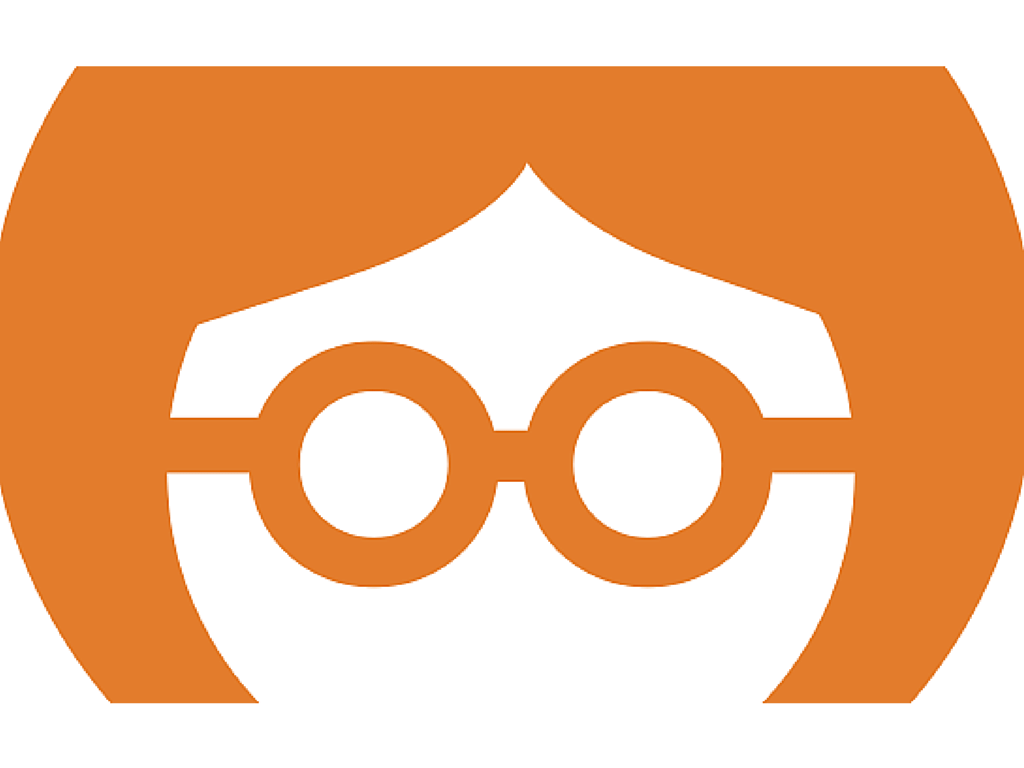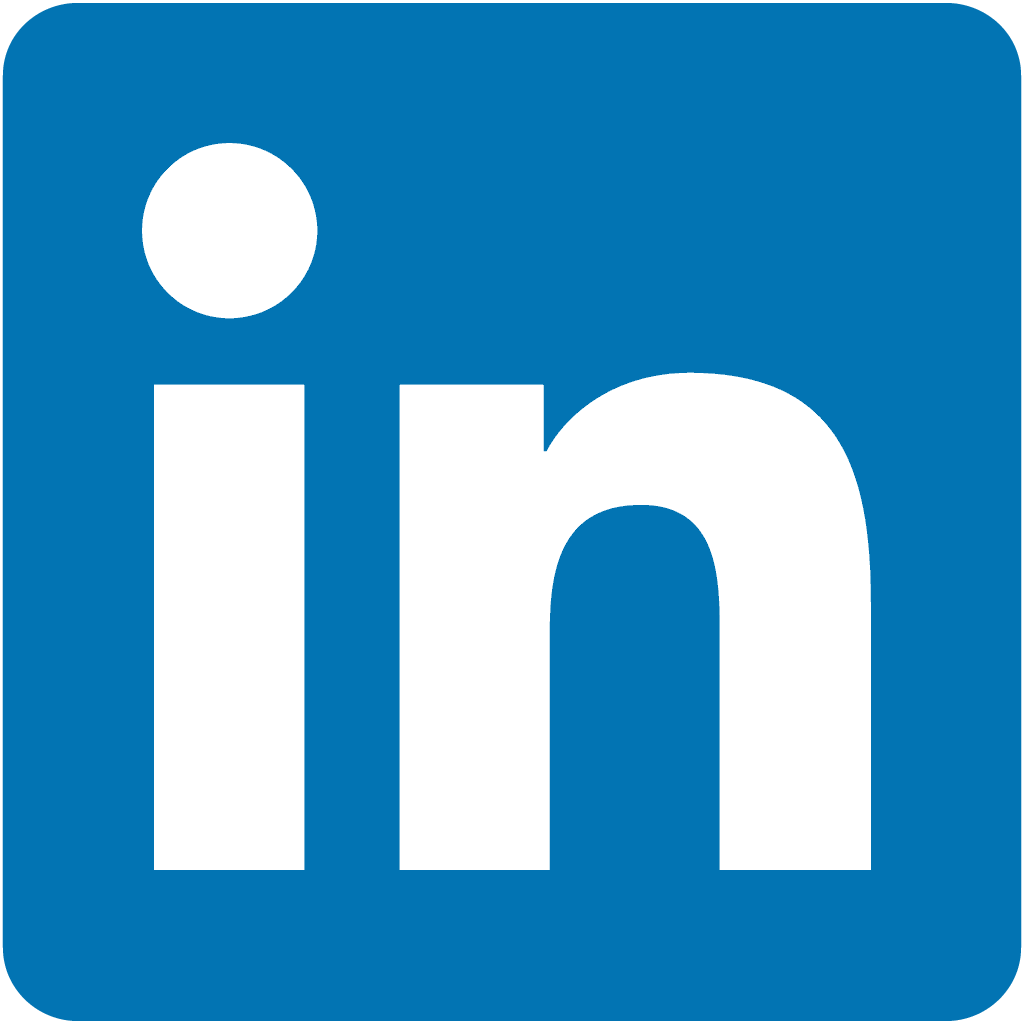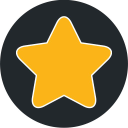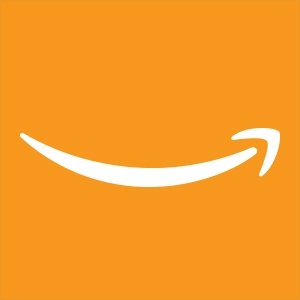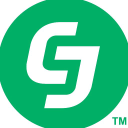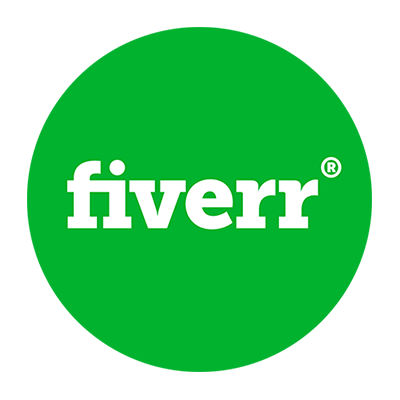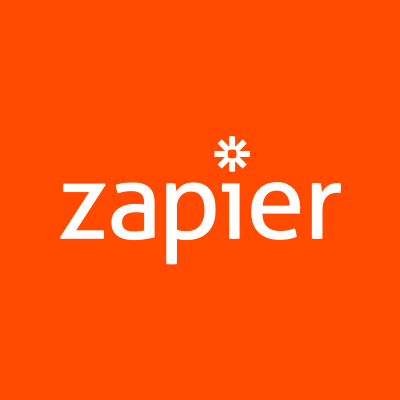How I Grew My 'Dumb Blog' To A Portfolio That Generates $70K Profit/Month
Hello! Who are you and what business did you start?
Hiya! My name is Alex Goldberg, and I’m the founder of Fin vs Fin, a portfolio of popular product reviews that include, among others, finvsfin.com and zenmasterwellness.com. Despite not being much of an online shopper nor a wellness guru, my partner and I somehow managed to build a profitable media business centered on helping consumers compare health products online.
This is the story of turning a “dumb side project” into my full-time focus, stumbling into financial freedom by repeatedly doubling down on tiny wins. I hope you find it inspiring enough to launch your entrepreneurial project or keep at whatever hustle you’re currently focused on. Truth be told, you may be closer to predictable seven-figure revenue than you think.


Download the report and join our email newsletter packed with business ideas and money-making opportunities, backed by real-life case studies.

Download the report and join our email newsletter packed with business ideas and money-making opportunities, backed by real-life case studies.

Download the report and join our email newsletter packed with business ideas and money-making opportunities, backed by real-life case studies.

Download the report and join our email newsletter packed with business ideas and money-making opportunities, backed by real-life case studies.

Download the report and join our email newsletter packed with business ideas and money-making opportunities, backed by real-life case studies.

Download the report and join our email newsletter packed with business ideas and money-making opportunities, backed by real-life case studies.

Download the report and join our email newsletter packed with business ideas and money-making opportunities, backed by real-life case studies.

Download the report and join our email newsletter packed with business ideas and money-making opportunities, backed by real-life case studies.






















